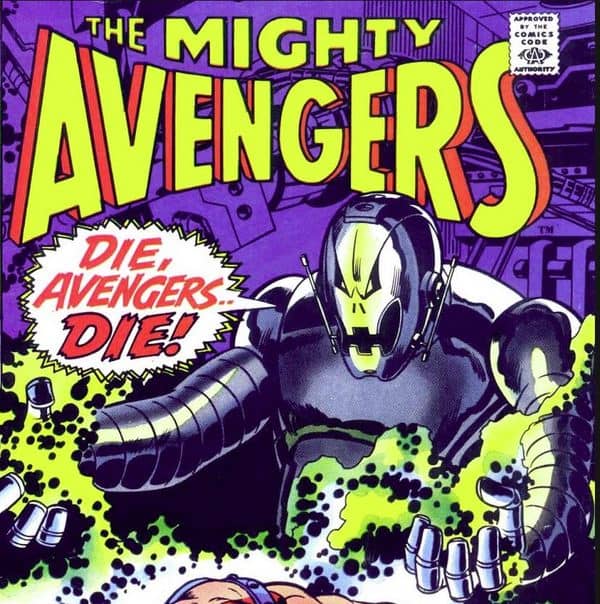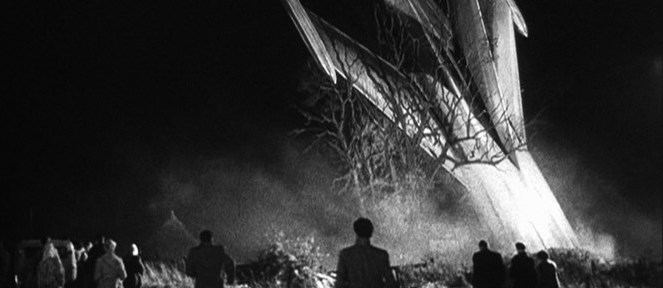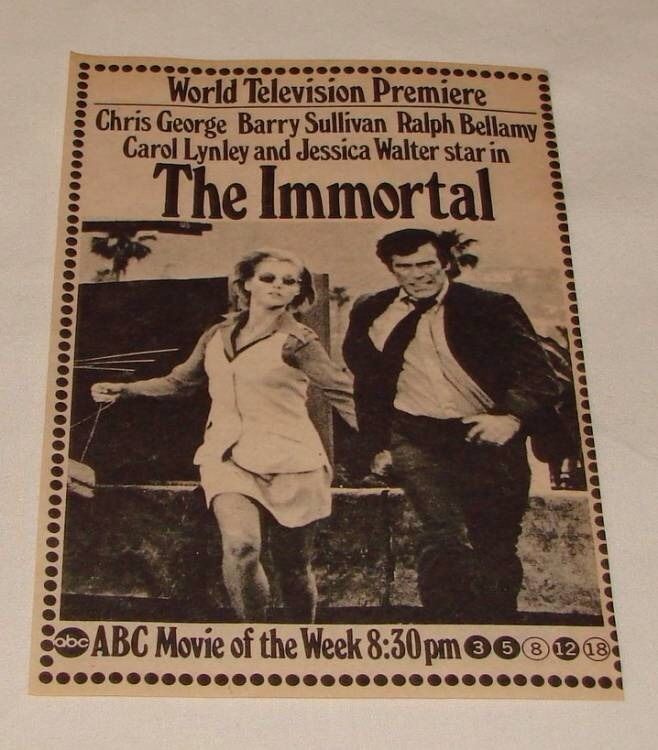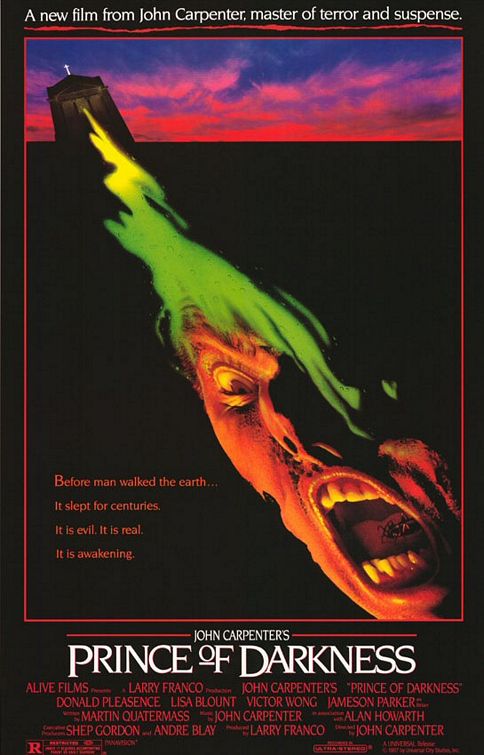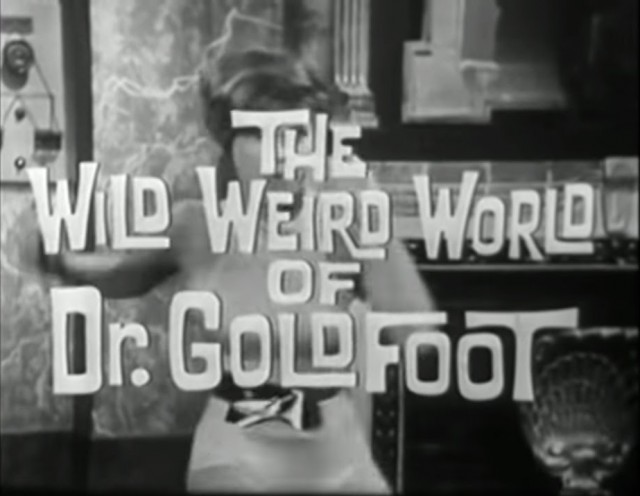My 300th Black Gate Post: Why I Write About What I Write About
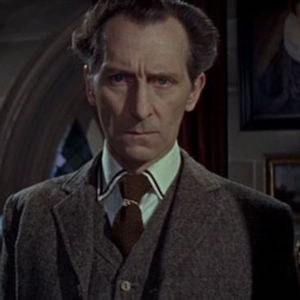 |
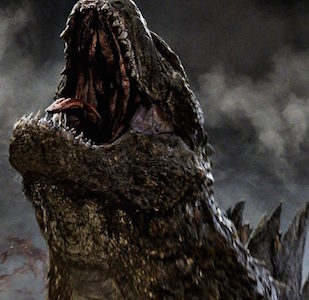 |
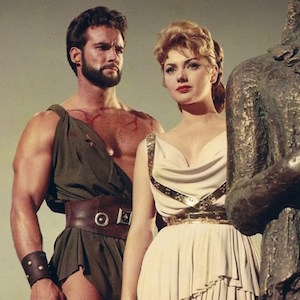 |
 |
 |
This is my three hundredth post at Black Gate. This year also marks the tenth anniversary of my first post as a regular blogger. I remember when John O’Neill first invited me to be a part of this project, back when none of us had any idea where it would go — I certainly didn’t think it would last for a decade and that I’d still be around. Or that John would win a World Fantasy Award for it. Yet here the site is, ten years later and a World Fantasy Award richer, and I still can’t believe people show up to read what I have to say about Hercules movies, Godzilla, and Tarzan. It’s humbling to be part of a site with such a wealth of amazing material, great contributors, and so many dedicated and intelligent readers.
I’ve changed enormously as a nonfiction writer over these ten years, and most of the changes happened because of Black Gate. When I started my regular posts, I had only a blurry vision of the sort of blogger I wanted to be. The reality has turned out different because I made interesting discoveries about my own tastes along the way: specifically, what it is that I most enjoy writing about. I once imagined I’d write primarily about fantasy literature, Conan pastiches, and writing techniques. Now I write about monster movies, John Carpenter, and Edgar Rice Burroughs.
To mark my personal anniversary, I’m going to offer an apologia of sorts — an explanation of why I write about the topics I write about most frequently on Black Gate. None of these were in the plan on Day 1, and I’m probably the person who’s most curious about how these subjects turned into my main nonfiction focus.
